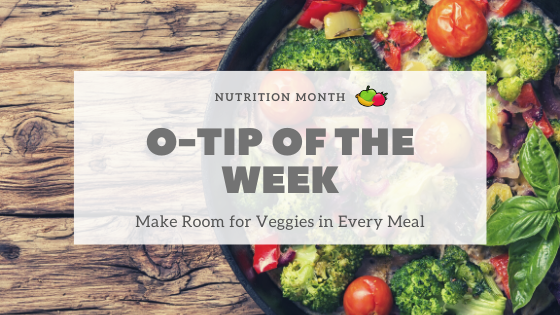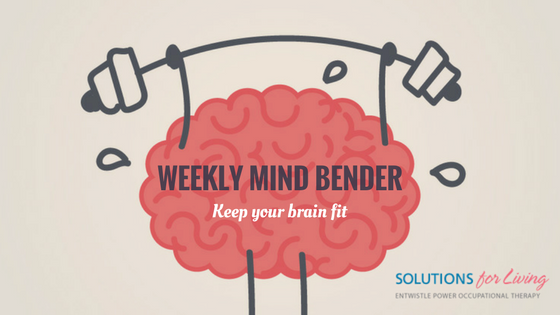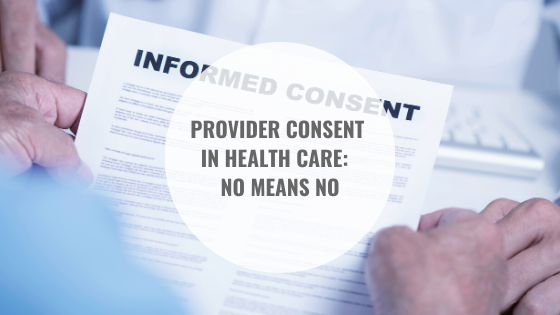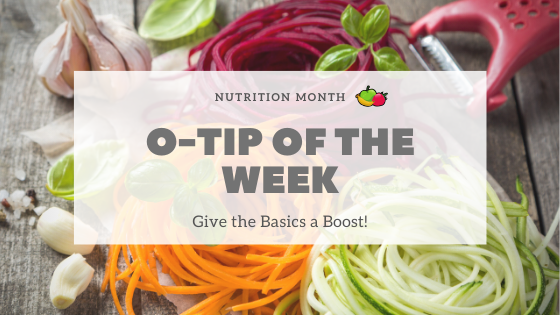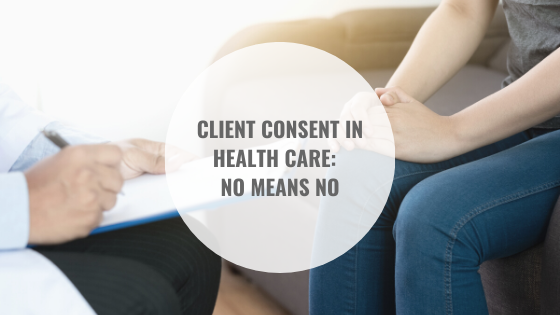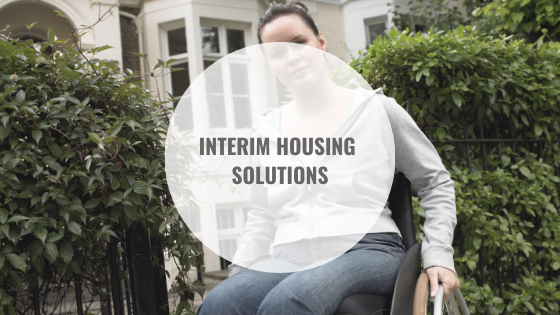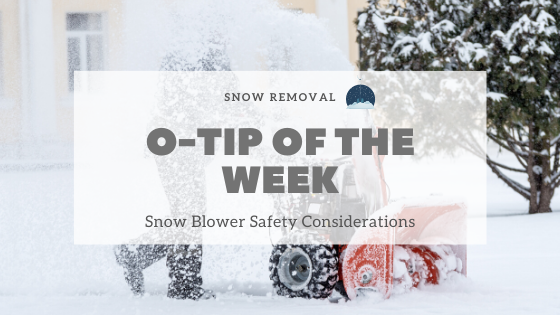Julie Entwistle, C.Dir. (c), MBA, BHSc (OT), BSc (Health / Gerontology)
My grandmother is in her 90’s and up until recently, lived in a retirement home. She is legally blind and deaf, so communication is very difficult for her, but where she lacks in sight and hearing she excels in cognition, missing little and being able to direct her own needs.
As with many people of advancing age, while she can bathe herself, this is a safer process with an attendant. She has been fortunate to be eligible for public services and receives care in the mornings. During a recent review of her care schedule, the facilitator asked her if she was comfortable with a male attendant. She responded with a “no” and that her “late husband was the only man to see her undressed and she would like to keep it that way.”
The next day two care providers showed up. One was “in training” and he was a man. My grandmother was upset by this, but like many people of her generation that feel that public services are such a “gift,” she felt that for “training purposes” she would compromise her comfort and tolerate the presence of a man during her shower.
The next day the same man showed up alone. “I am here to shower you today.” I am not sure how the conversation went, but it ended with her deciding to let the man shower her, with her telling him “well, this is probably just as uncomfortable for you as this is for me, so let’s get this over with.”
As an occupational therapist, but also as her granddaughter, this is upsetting. She was asked for consent regarding a male provider and declined. This should be in her record. They proceeded anyway. As a business owner, I understand that staffing and capacity are challenging and based on my own work experience with finding and keeping personal care workers for clients, the human resource issues are real. But consent is consent and she did not provide it. One could argue that “in the moment” consent was “implied” (she didn’t ask the man to leave), or “provided” (she let him proceed), but an “in the moment” comment of “let’s get this over with” is not consent but surrender. She was vulnerable, confronted, and knew that a “no” meant “no shower today.” Showers, like privacy, are also important to her.
The ability to “Consent” (to anything) is an important human right. Exercising this is our duty to ourselves. We are reminded of this quite topically in the “#MeToo” movement, but the reach of the “no means no” concept needs to be wider. In health care especially, consent is paramount in the acceptance and deliverance of services. No must mean no.
Consent is a deal-breaker. Always. Not only are there preferences and “feelings” about this important topic, but there are rules, laws, and regulatory matters to consider. Working with vulnerable and exposed people (emotionally, mentally and physically) requires providers to take consent seriously and this goes both ways when clients choose us, and when we choose them.
For my grandmother, we contacted the agency and reminded them of her preferences. We asked that no men arrive for showering and that they need to do better to not put her in these vulnerable and uncomfortable situations. If they cannot accommodate, we will need to elect another service agency, or fund private care for her such that we are not exposing her to these experiences, even if “free.”
Stay tuned for my next blog on this topic, where I will review the second side of consent as yes; providers get to consent too.

